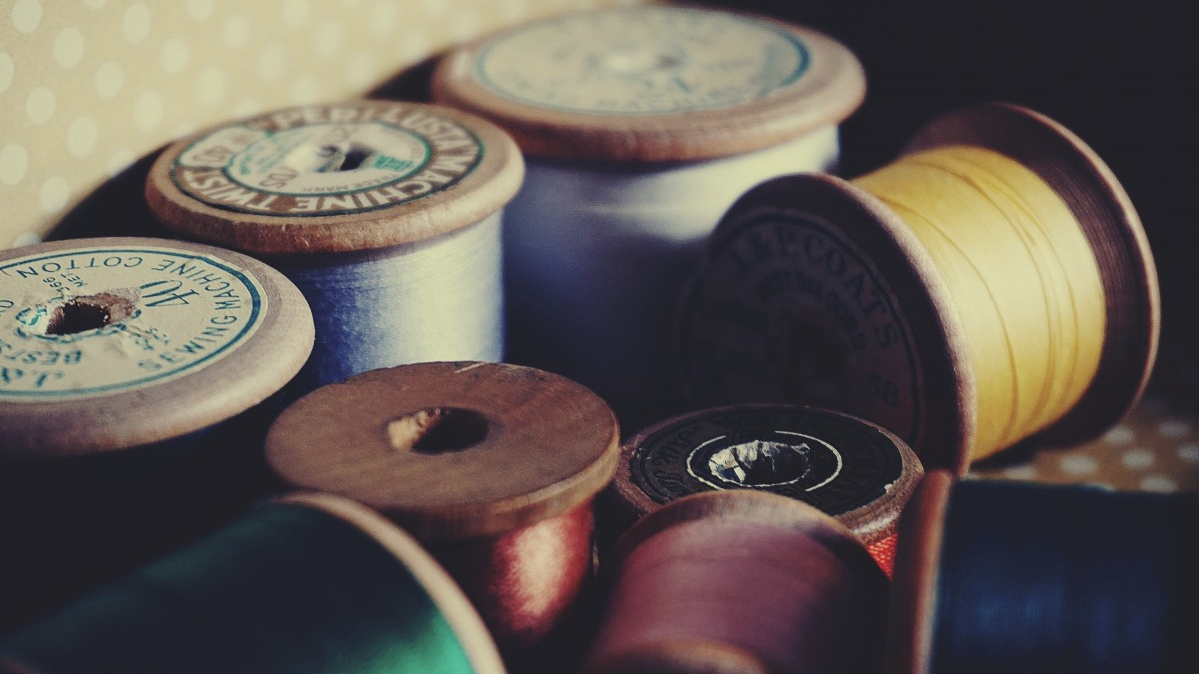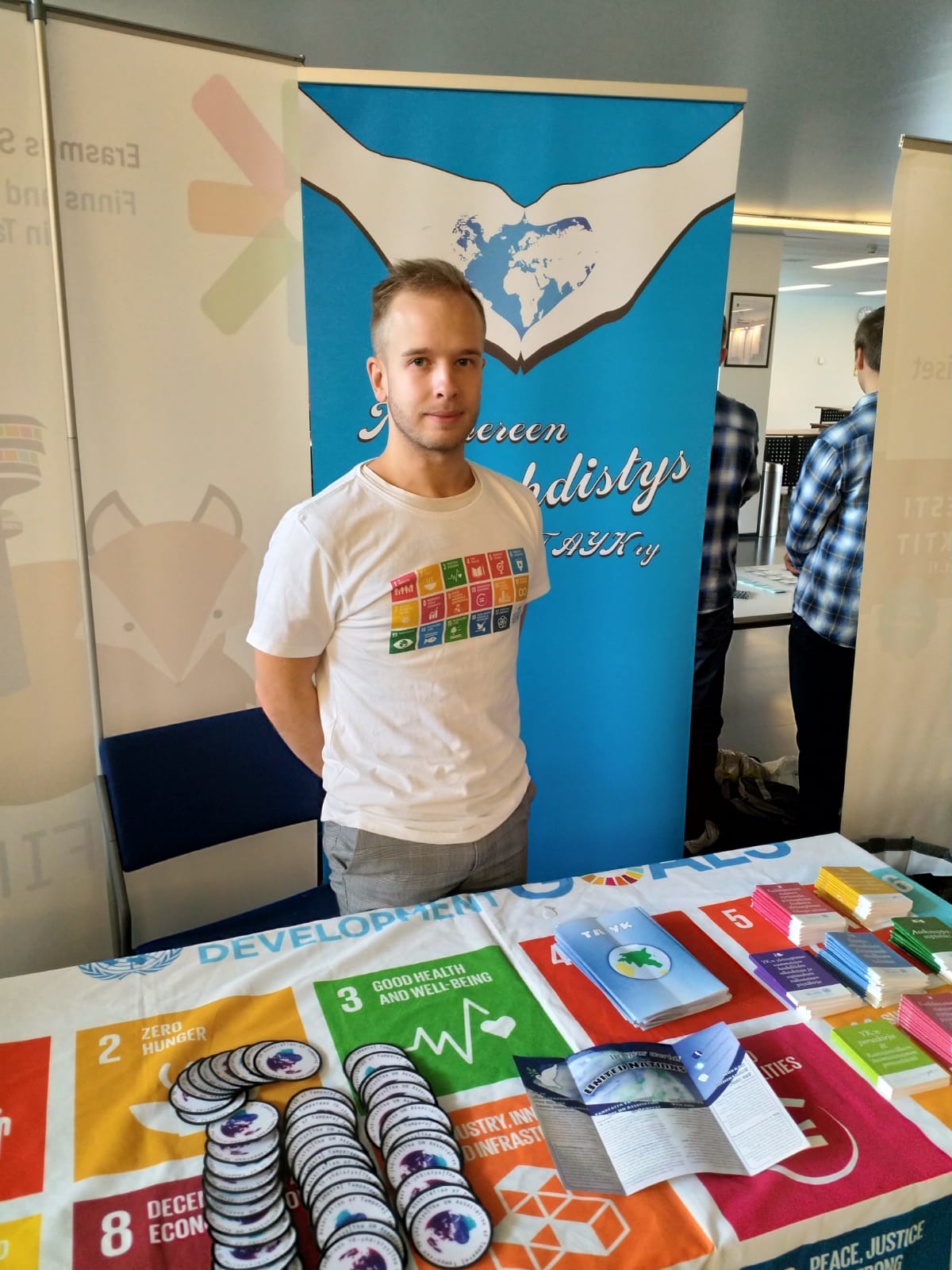The Many Problems of The Fashion Industry
Hello folks!
How many seasons do you think there are in the world of fashion? Most people would say four:
spring, summer, autumn and winter. These are the main seasons, but actually, there are 52 seasons.
This means new trends and new clothes every week. Do we really need something new so often? As
we are living in the time of climate change, environmental problems and low-cost products, I
decided to write about fashion industry and the problems we face in fast fashion. I find this topic
interesting and important as the fashion industry is filled with problematic practices and harmful
behavior.
Now, I am a tailor by my profession so this text is also somewhat motivated by my own self-interest
and interest of fellow tailors’ businesses. But let’s not let that bother us too much. When you get
into the world of tailors and learn about the high-quality bespoke clothes tailors and dressmakers
are able to make, you very soon learn to appreciate clothes in a new way. I always knew that some
stores sell poor quality fashion and some clothes tend to disintegrate in the first wash, but I did not
think about it too much. After becoming a tailor, I got this “ahaa”-moment: quality over quantity,
style over trend and it is all about the details. After this change in my thinking, I started to look for
information about how the fashion industry operates, how it affects me as a consumer, and how it
affects me as a tailor and others working in the field. What I found was sometimes very shocking.
Problems in fashion
A short post like this is not enough to go through all of the problems in such detail I would like to, so
I will shortly describe a few and put some links in the end of the post. Some big global fashion
businesses have made the headlines many times when reports of extremely poor work
environments in factories or lack of environmentally friendly practices have come up. For example,
in India some factory buildings have collapsed because they have not been maintained properly. In
low-cost production countries workers do not necessarily get the needed protecting covering when
working with chemicals. This can cause multiple health problems in the long run. Also, disturbingly
common is the fact that the employees are paid so little that they cannot afford the basic necessities
with 40-hour work weeks. The low-cost production is possible due to lack of legislation protecting
the workforce and environment.
The problems sadly do not end when products leave the factories. Polyester and other synthetic
fabrics are known to release microplastic fibers in every wash, and microplastic is one of the biggest
environmental problems we are facing. So, be aware of the material the textiles you buy are made of
and how often you wash them. Another interesting aspect is what happens to clothes when we do
not use them anymore. To be environmentally friendly we should cut the waste we produce aka
through less in to the bin. People try to sell their usable clothes in flea markets. When we are unable
to sell something, we usually turn to donating the clothes to charity. Charity is always good and I do
encourage people to donate, BUT when it comes to fashion you need to be careful where you
donate.
It has been reported that people in wealthy western countries donate tons of clothes to charities,
and tons of clothes are shipped yearly into for example countries in Africa. What starts as a good will
and idea of giving to those less fortunate, can sadly turn into more trouble. It is known that in some
cases the second hand clothes have turned into a million-dollar business as the donated clothes are
sold. Prices may seem low to us, but they can be more than a couple days salary for the locals. The
supporters say that this second hand clothes business creates jobs, but it is debatable if the business
truly creates more or better jobs than those lost in local production. Also, shipping donated clothes
is not the best answer to a problem that could be solved with local development. For example, an
area might need new infrastructure and investment in education and facilities, and in these cases,
shipping used clothes won’t solve the real problem. So, check what happens to the clothes you
donate.
Another option is giving clothes and textiles to companies who can turn used items into new fibers.
Technology for reusing fibers has evolved greatly. This is a good way to reduce the need for new
fibers and reduce the amount of waste we create.
Can we (the consumers) make a change?
Oh yes, we can! As consumers we have a responsibility to know how the products we buy and use
are made. We don’t need to know every little technical detail, but we should be aware of the larger
picture. This is because, if we want to change something, we need to know what we are changing
and what we can do to change it. Think of it in this way: a lamb does not suffer from shearing if it is
done in good environment, by shearers who truly know their profession and the health of the animal
is a priority. If the lamb lives in poor environment and no one cares about it as anything more than
just a resource, it suffers and can live in huge pain and distress. The same goes for everything else.
Now, there is nothing wrong in wanting low-cost clothes as not all of us have the money to get
bespoke suits tailored by the best of the best. Also, clothes are just clothes and as they say ‘a suit
does not make the man’. But clothes can be produced efficiently, sustainably and in consumer-
friendly cost, we just need to change our mindset about fashion and start to ask for a better fashion
industry. There are already companies in Finland which use recycled materials and production
happens inside the EU. Also, there are multiple certificates such as Öko-Tex to showcase better
practices.
Here are some questions to ask yourself: How many garments do I need? Do I want to buy
something just because it is trendy? Do I see myself wearing the garment 2 years down the line?
Why do I feel like I need new clothes (possibility is that marketing has affected your thinking in a way
that a desire becomes a need)? Where do I buy my clothes from and how are the clothes produced?
Do I truly like the garment or do I truly need it?
It is all about making small changes and being more aware of our actions and what happens around
us, not forgetting the importance of working with other people to achieve something. In the end the
consumer has the power to decide where and how to spend money.
Greenpeace on microplastic https://www.greenpeace.org/international/story/6956/what-are-microfibers-and-why-are-our-clothes-polluting-the-oceans/
The Machines. A documentary about fashion. https://www.imdb.com/title/tt5690244/
Pollution and fast fashion https://www.independent.co.uk/life-style/fashion/environment-costs-fast-fashion-pollution-waste-sustainability-a8139386.html
BBC news article on fast fashion https://www.bbc.com/news/science-environment-45745242
A look into the second hand clothes business https://www.theguardian.com/sustainable-business/sustainable-fashion-blog/2015/feb/13/second-hand-clothes-charity-donations-africa
Clean clothes campaign on living wages https://cleanclothes.org/livingwage
Paula Aromäki
The writer is the secretary of TAYK, student of social sciences and tailor.



